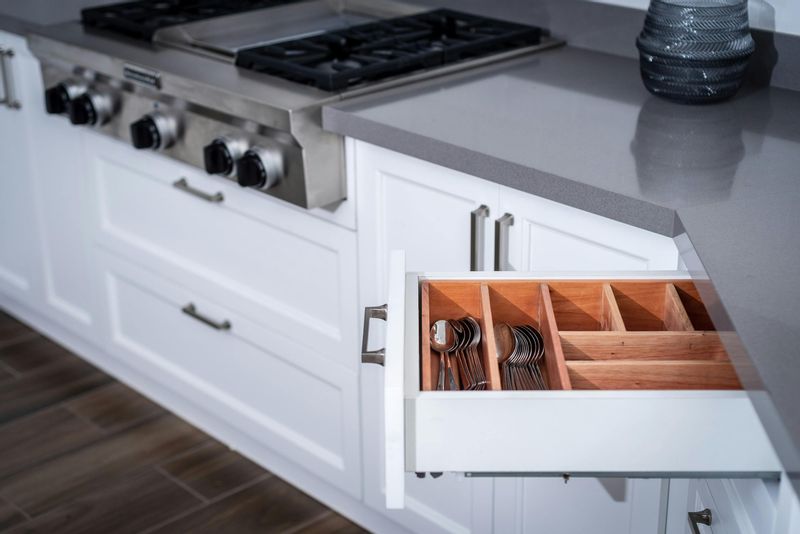Understanding and Tackling Situational Clutter

In our quest for a more organized and productive life, we often confront the seemingly insurmountable challenge of clutter. When we think of clutter, images of overflowing closets, chaotic desks, and disordered rooms often come to mind. However, there's a more subtle and insidious form of clutter that can disrupt our lives: situational clutter.
What is Situational Clutter?
Situational clutter refers to the temporary disarray that arises due to specific circumstances or events. Unlike chronic clutter, which results from a long-term accumulation of items and poor organizational habits, situational clutter is often tied to particular moments in time. It can appear suddenly and vanish just as quickly, but while it's present, it can be just as disruptive.
Common Causes of Situational Clutter
Life Events: Moving, weddings, holidays, and the arrival of a new baby are major life events that often lead to situational clutter. During these times, the focus shifts from maintaining order to dealing with the immediate demands of the situation.
Seasonal Changes: As the seasons change, so do our wardrobes, outdoor equipment, and household decorations. The transition periods between seasons can lead to temporary clutter as we swap out items.
Projects and Hobbies: Engaging in a new project or hobby often means bringing in materials and tools that may not have a designated storage space. Once the project is complete, these items can linger, creating clutter.
Health Issues: Illnesses or injuries can disrupt our usual routines and lead to a backlog of everyday tasks. During recovery, maintaining order might take a backseat to more pressing health concerns.
The Impact of Situational Clutter
While situational clutter is temporary, its effects can be significant. It can cause:
Stress and Anxiety: Clutter can be visually overwhelming and mentally exhausting. When our physical environment is in disarray, it can be difficult to focus and relax.
Decreased Productivity: Searching for misplaced items and navigating through cluttered spaces can waste valuable time and reduce efficiency.
Impaired Social Interactions: Clutter can make us hesitant to invite guests over, leading to feelings of isolation and embarrassment.
Strategies to Manage Situational Clutter
Plan Ahead: Anticipate upcoming events or changes and prepare for them. For example, if you know you'll be hosting a holiday party, start decluttering and organizing well in advance.
Create Temporary Storage Solutions: Use bins, baskets, and temporary storage areas to contain items that are currently in use but will be put away once the event or project is over.
Set Boundaries: Designate specific areas for situational clutter. This containment strategy ensures that the clutter doesn't spread throughout your home.
Prioritize Quick Wins: Identify small, manageable tasks that can be quickly accomplished to reduce clutter. This can provide a sense of progress and motivation to tackle larger areas.
Adopt a Maintenance Routine: Once the situational clutter has been addressed, implement a regular maintenance routine to prevent it from becoming chronic clutter. Set aside a few minutes each day to tidy up and put things back in their proper places.
Embracing the Imperfection
It's essential to acknowledge that situational clutter is a normal part of life. Life is dynamic and unpredictable, and there will be times when our environments reflect that chaos. The key is not to strive for perfection but to develop flexible strategies that allow us to manage and mitigate clutter when it arises.
In Summary
Situational clutter is an inevitable aspect of our lives, but with a proactive approach, it doesn't have to derail our peace and productivity. By understanding its causes and implementing practical strategies, we can navigate through life's temporary disarrays with grace and ease. Remember, the goal is to create a living space that supports and enhances our well-being, even amidst the ebb and flow of life's many events.




